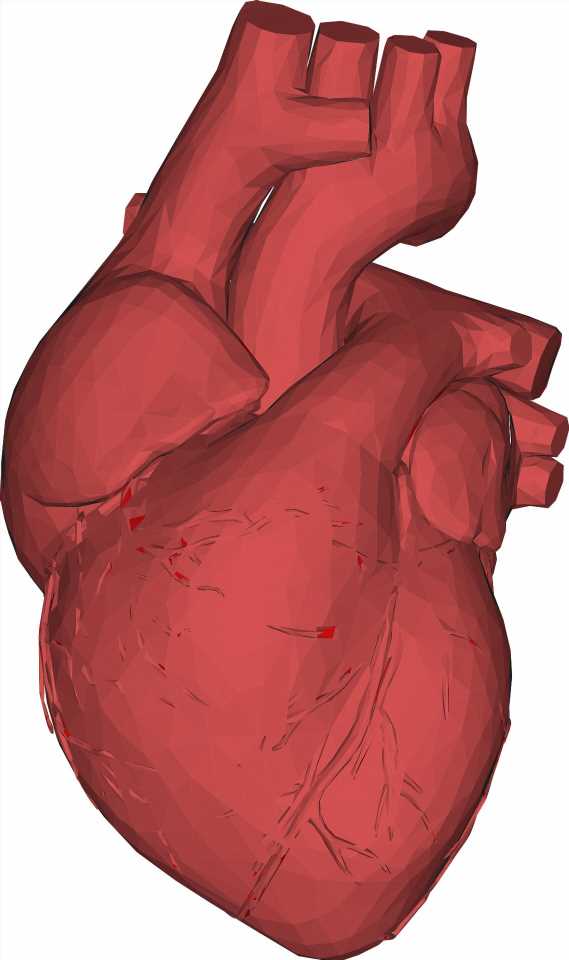
The first blood test to diagnose inflammation of the heart muscle (myocarditis) could be in use in as little as a year, following the discovery of a molecular signal in the blood by Queen Mary University of London researchers. The research, published today in the journal Circulation, offers hope of a quick and cheap way of diagnosing the condition.
Myocarditis is a difficult condition to diagnose. Symptoms include a temperature, fatigue, chest pain and shortness of breath, which can all be easily mistaken for other conditions. The gold standard method for diagnosis is a heart biopsy, an expensive, invasive, and risky procedure which can sometimes still miss signs of the condition. It’s estimated that one young person dies suddenly every week in the UK due to previously undiagnosed myocarditis.
Now, a team of researchers led by BHF Professor Federica Marelli-Berg at Queen Mary University of London have found that the presence of T-cells—a type of white blood cell—expressing a molecule called cMet in the blood strongly indicates that a person has myocarditis. They say that cMet-expressing T cells levels could be detected through a routine blood test that could cost less than £50 with results available within hours.
The researchers hope that this finding will improve diagnosis of myocarditis and help people to get the treatment they need earlier, reducing the risk that they will develop life-threatening complications such as abnormal heart rhythms or heart failure.
In the study, researchers compared blood samples from several groups of patients, including 34 people with a final diagnosis of myocarditis. This showed that patients with myocarditis had significantly increased levels of T cells with cMet on their surface compared to other groups, including heart attack patients, and those with no medical condition.
These findings add to the evidence that myocarditis is an autoimmune condition. The team found that cMet-expressing T cells become activated by molecules expressed by heart cells, producing an immune reaction against these cells that leads to inflammation of the heart muscle.
The researchers also discovered that in mice, T cells with the cMet molecule seemed to have a role in driving the development of the condition. Blocking cMet with a widely available drug reduced the severity of their myocarditis.
The team will investigate this finding further in future studies and hope it will help them to develop the first targeted treatment for myocarditis.
Professor Federica Marelli-Berg, British Heart Foundation Professor of Cardiovascular Immunology, said:
“Early intervention is crucial when treating myocarditis as, in some cases, it can be only a matter of weeks between the onset of symptoms and development of heart failure. But without a diagnosis doctors can’t offer their patients the right treatment.
“We think that this test for myocarditis could be a simple addition to the routine blood tests ordered in doctors’ surgeries. When viewed in combination with symptoms, the results could allow GPs to easily determine whether their patients have myocarditis.
“While we still need to confirm these findings in a larger study, we’re hopeful that it won’t be long until this blood test is in regular use.”
Professor Sir Nilesh Samani, Medical Director at the British Heart Foundation, said:
“Myocarditis is a notoriously tricky condition to diagnose and sadly some patients will suffer irreversible damage to their hearts because of the lack of accessible diagnostic tests.
“This blood test could revolutionise the way we diagnose myocarditis, allowing doctors to step in at a much earlier stage to offer treatment and support. It would also reduce the need for the risky, invasive tests currently used, saving the NHS time and money and freeing up vital resources.”
PATIENT STORY
Stephen Hughes died in October 2014 aged 23 following a diagnosis of myocarditis. His parents Hazel and Gary, from Hull, believe that having this blood test when he started showing symptoms could have helped Stephen.
“Each stage of his illness took a long time. In February 2014 he started feeling tired, breathless and experiencing stomach pains. His GP thought it might be a gastrointestinal issue. At this stage, a blood test could have indicated the cause of his symptoms. Even though there is currently no cure for myocarditis, Stephen could have been offered medication and told to rest.
“In April, Stephen’s legs swelled up and he was rushed to hospital. It was there that doctors told us he had a problem with his heart and first mentioned myocarditis. They then started him on medication.”
Currently, the gold standard test for myocarditis is a biopsy, an invasive and risky procedure. “Doctors did a biopsy in August, while they were undertaking open heart surgery on Stephen to fit a left ventricular assist device (LVAD) [a type of artificial heart pump used to treat people with heart failure]” explained Hazel.
“The biopsy confirmed Stephen had myocarditis and, due to the damage it had caused, he would need a heart transplant. He was put on the urgent transplant list in August.” A donor heart was found in October, but tragically the operation was unsuccessful. Stephen died three days later, just 10 days before his 24th birthday.
Since his death Hazel, Gary, and Stephen’s friends have fundraised tirelessly to help fund research into myocarditis. “We don’t want any other families to lose someone they love, someone with everything to live for. By supporting research we can hopefully save other families from the heartbreak we’ve experienced,” said Hazel.
“Within a few months Stephen went from a young man who was fit and healthy and full of life, to having severe heart failure and needing to be pushed around in a wheelchair. These findings are a massively important step. We’ll never know for sure, but this test could have given him a chance, and maybe he would still be here today.”
More information:
Silvia Fanti et al, Circulating c-Met–Expressing Memory T Cells Define Cardiac Autoimmunity, Circulation (2022). DOI: 10.1161/CIRCULATIONAHA.121.055610
Journal information:
Circulation
Source: Read Full Article
